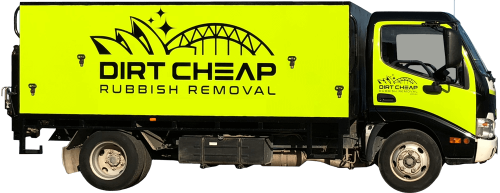When starting a job that calls for a dumpster, the size you choose can substantially affect its performance and cost-effectiveness. Imagine having the excellent container that suits all your waste without being excessively big or too small. Everything beginnings with comprehending the subtleties of your task and selecting a dumpster size that lines up with your specific requirements. So, prior to you choose, think about the factors at play to make certain a smooth waste administration process from start to finish.
Factors to Take into consideration
When picking the best dumpster size, there are a number of key elements to take into consideration.
First, think of the type of waste you'll be throwing away. Different products may need varying quantities of area, so understanding what you'll be putting in the dumpster is vital.
Next, evaluate the quantity of waste you expect to produce. If you underestimate the volume, you may require to make numerous trips to throw away whatever, which can be inconvenient and expensive. On the other hand, renting out a dumpster that's as well huge can lead to unneeded costs.
Furthermore, consider the area where the dumpster will be put. Guarantee there suffices space for the dumpster to be supplied and grabbed with no obstructions.
Finally, consider Suggested Webpage of weight restrictions that might apply. Surpassing the weight limitation can cause extra charges and even the rejection of service.
Dumpster Size Alternatives
For choosing the appropriate dumpster dimension, it's necessary to have a good understanding of the readily available options. Dumpster sizes typically vary from 10 to 40 cubic lawns, with variations in between.
A 10-yard dumpster is suitable for small tasks like a garage cleanout or a small restoration. If you're taking on a medium-sized job such as a kitchen remodel or a cellar cleanout, a 20-yard dumpster might be the ideal selection.
For bigger projects like a whole-house renovation or business construction, a 30 or 40-yard dumpster could be better to fit the quantity of waste produced.
When choosing a dumpster size, consider the quantity and kind of particles you expect to deal with. It's far better to pick a somewhat bigger dimension if you're not sure to prevent overfilling. Bear in mind, it's more cost-effective to rent out a dumpster that fits your requirements rather than needing to purchase an added one.
Matching Dimension to Project
Ideally matching the dumpster dimension to your project is important for efficient waste monitoring. To figure out the right dimension, think about the range and nature of your task.
For little family cleanouts or restorations, a 10-yard dumpster might be enough. These are usually 12 feet long and can hold around 4 pickup tons of waste.
For bigger projects like renovating numerous spaces or clearing out a large estate, a 20-yard dumpster could be preferable. These are around 22 feet long and can hold roughly 8 pickup truck lots.
If you're taking on a major building project or business improvement, a 30-yard dumpster could be the most effective fit. These dumpsters are about 22 feet long and can fit regarding 12 pickup lots of debris.
Matching the dumpster dimension to your task guarantees you have enough room for all waste products without paying too much for unused ability.
Final thought
In conclusion, choosing the ideal dumpster dimension for your project is essential for reliable garbage disposal. By thinking about rental bins like the type and quantity of waste, space schedule, weight limitations, and spending plan constraints, you can ensure you have the appropriate dimension dumpster for your needs. Make certain to match the size of the dumpster to the range and nature of your task to avoid overspending on unneeded costs.
